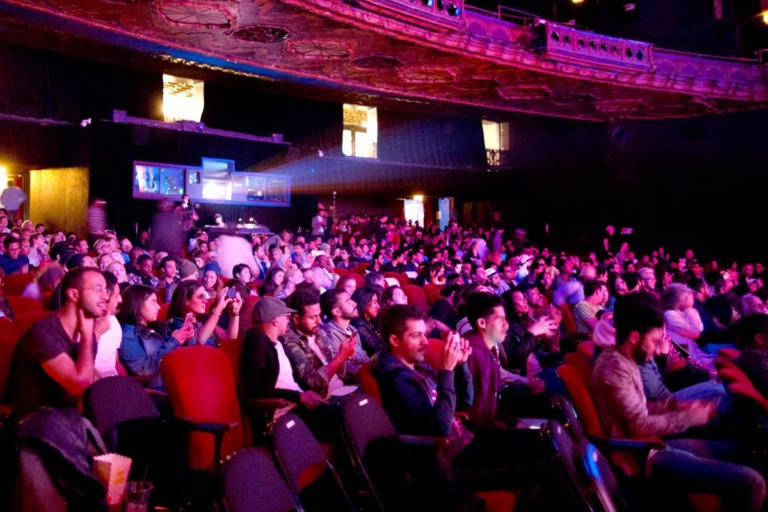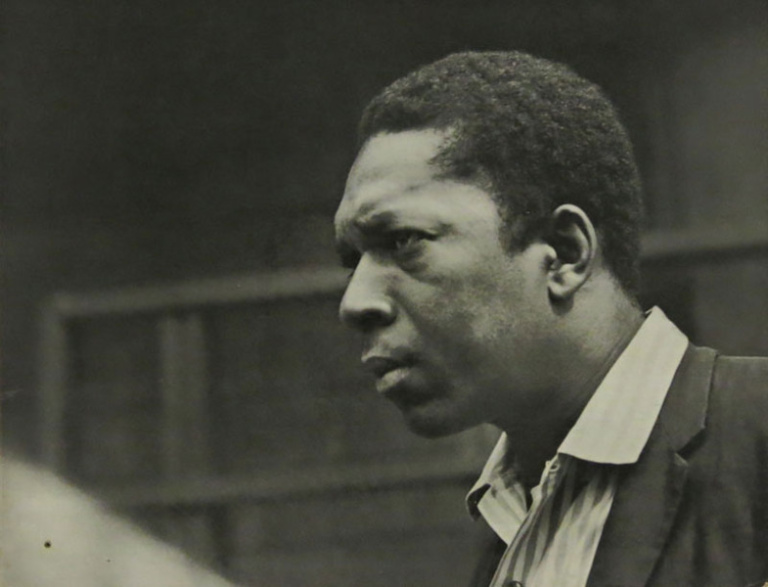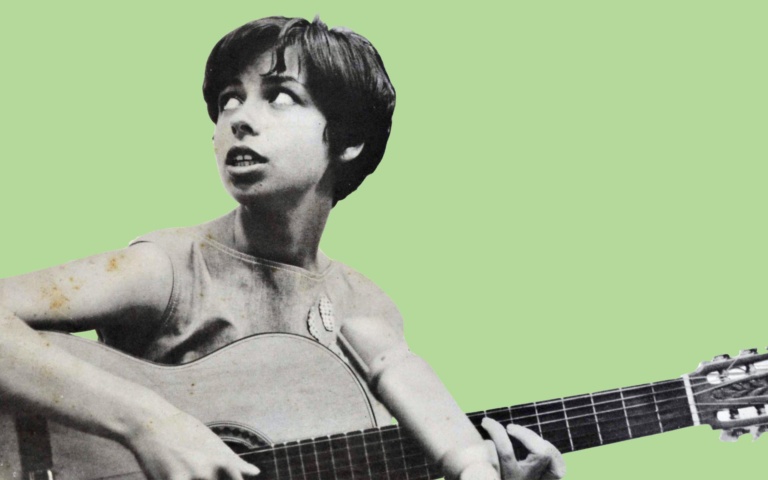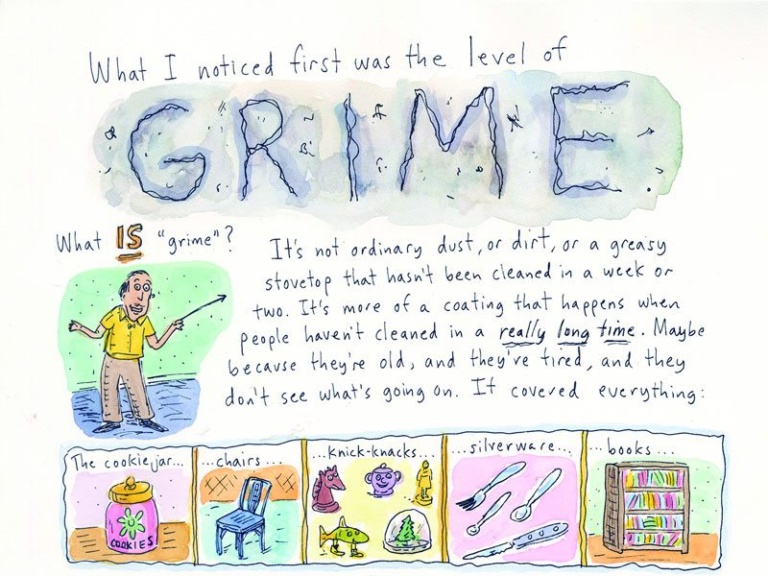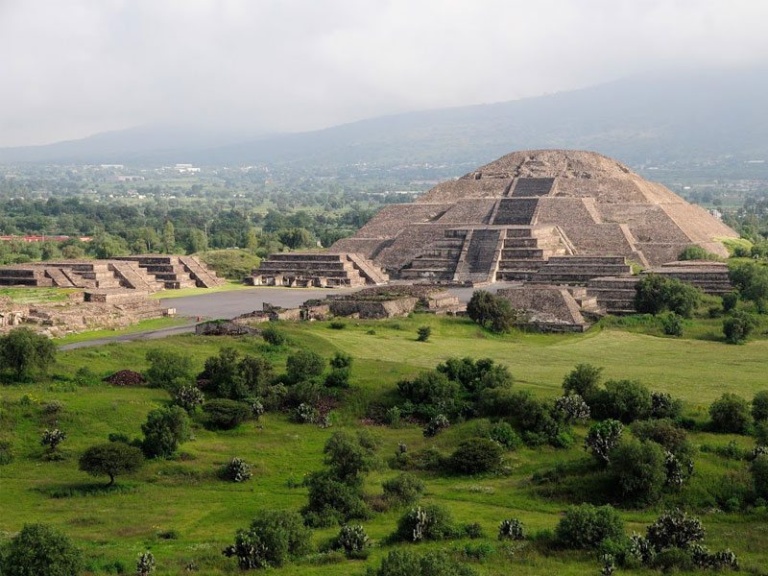FILM: A New Era for Filmmaking in Saudi Arabia
(Published in the March-April 2017 edition of AramcoWorld magazine: http://www.aramcoworld.com/pt-BR/Articles/March-2017/Saudi-Film-Days) As sunset gilded Los Angeles on November 3, actor Giancarlo Esposito, most recently of Breaking Bad fame, joined a small flock of fellow Hollywood celebrities at Paramount Studios to walk a red carpet in front of an unprecedented backdrop: the logo for Saudi Film Days, the…
